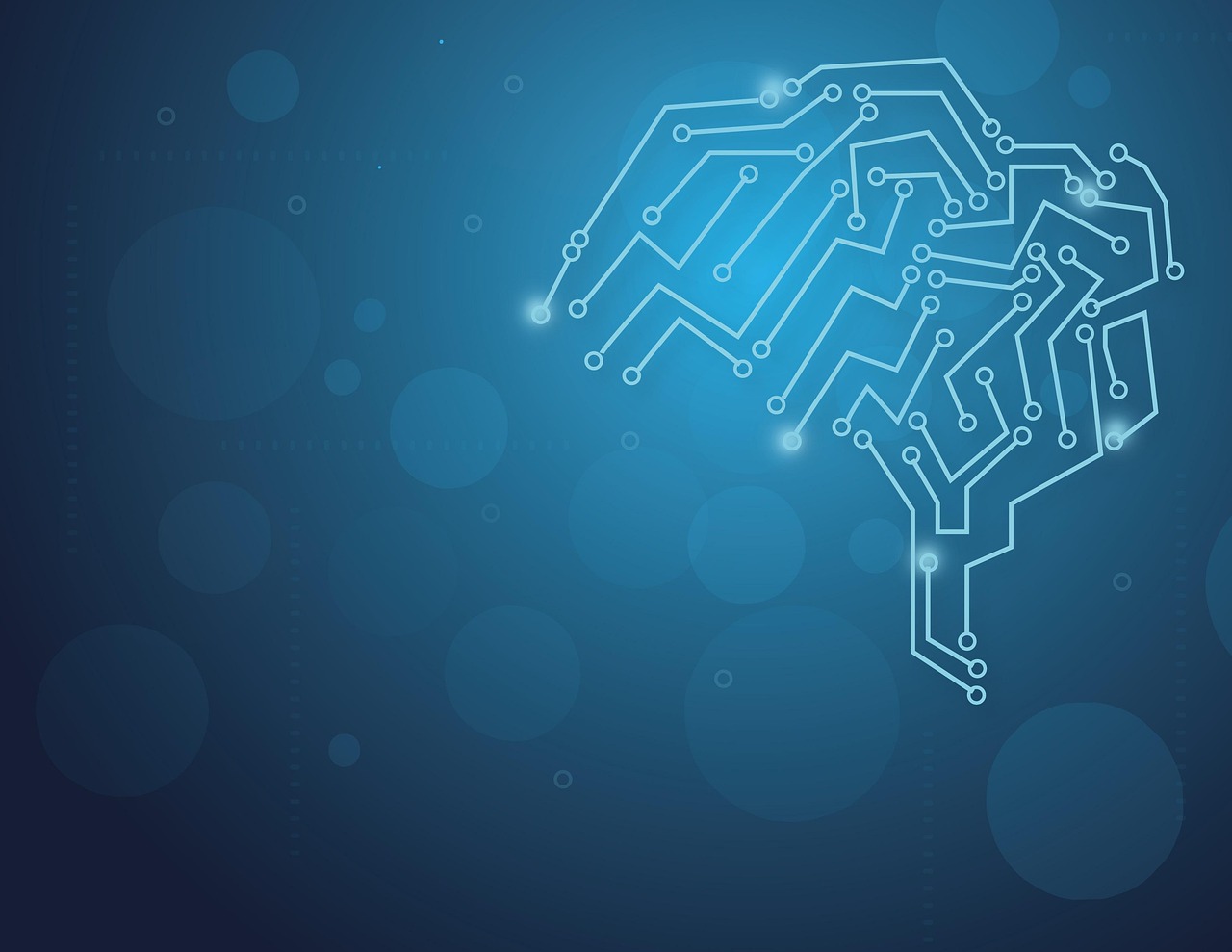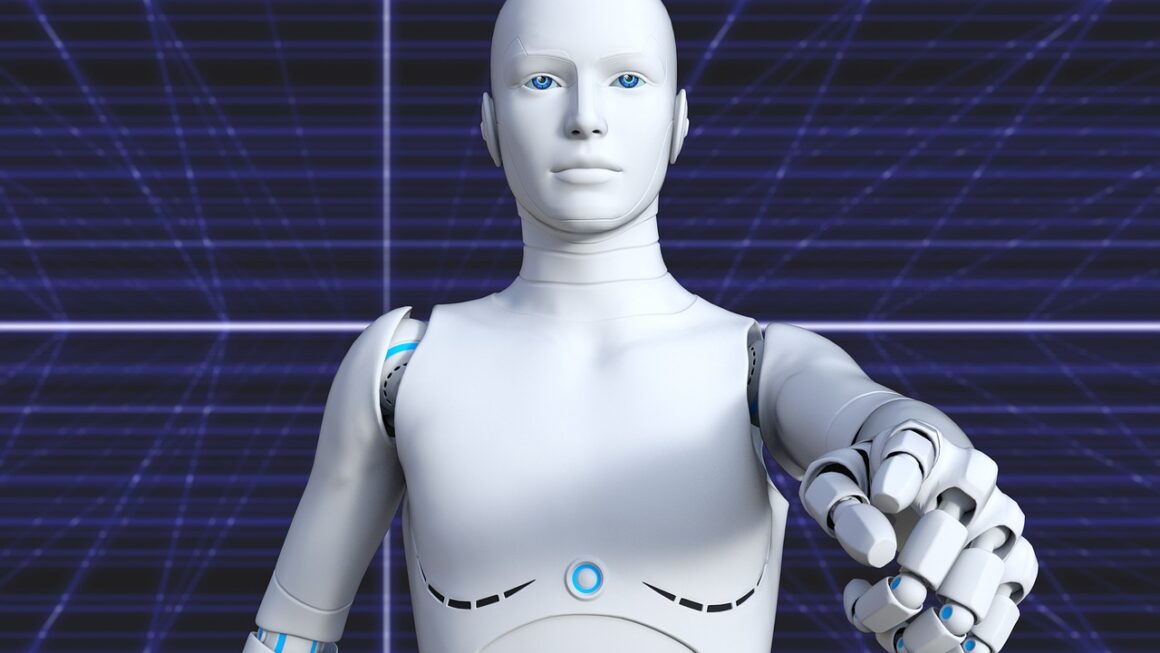Reinforcement learning (RL) is revolutionizing the field of artificial intelligence, offering a powerful paradigm for training agents to make sequential decisions in complex environments. Unlike supervised learning, which relies on labeled data, reinforcement learning allows agents to learn through trial and error, receiving rewards or penalties based on their actions. This approach empowers machines to optimize strategies and achieve specific goals without explicit programming, opening doors to diverse applications ranging from robotics and game playing to finance and healthcare. This blog post provides a comprehensive overview of reinforcement learning, exploring its core concepts, key algorithms, and real-world applications.
Understanding the Fundamentals of Reinforcement Learning
Core Concepts: Agent, Environment, Action, State, and Reward
Reinforcement learning revolves around the interaction between an agent and its environment. The agent observes the state of the environment and takes an action, which causes the environment to transition to a new state. The agent then receives a reward or penalty based on the outcome of its action. The goal of the agent is to learn an optimal policy, which maps states to actions in a way that maximizes the cumulative reward over time. Key concepts include:
- Agent: The learner or decision-maker.
- Environment: The world the agent interacts with.
- State: A representation of the environment at a particular time.
- Action: A choice the agent can make in a given state.
- Reward: A signal indicating the desirability of an action’s outcome.
- Policy: The strategy the agent uses to select actions based on states.
The Markov Decision Process (MDP)
The framework for most reinforcement learning problems is the Markov Decision Process (MDP). An MDP is defined by a tuple (S, A, P, R, γ), where:
- S: Set of states.
- A: Set of actions.
- P: State transition probability (P(s’|s,a) – probability of transitioning to state s’ from state s after taking action a).
- R: Reward function (R(s,a) – reward received after taking action a in state s).
- γ: Discount factor (0 ≤ γ ≤ 1), which determines the importance of future rewards. A value closer to 1 indicates that future rewards are highly valued, while a value closer to 0 emphasizes immediate rewards.
The Markov property states that the future state depends only on the current state and action, not on the entire history of past states and actions. This simplification allows for efficient computation and learning.
Exploration vs. Exploitation
A central challenge in reinforcement learning is the trade-off between exploration and exploitation.
- Exploration: The agent tries new actions to discover potentially better strategies.
- Exploitation: The agent uses its current knowledge to select actions that are expected to yield the highest reward.
Balancing these two is crucial for effective learning. Too much exploitation can lead to suboptimal policies, while too much exploration can hinder progress. Common strategies for balancing exploration and exploitation include ε-greedy exploration (randomly choosing an action with probability ε) and upper confidence bound (UCB) algorithms.
Key Reinforcement Learning Algorithms
Value-Based Methods: Q-Learning and SARSA
Value-based methods learn an optimal value function, which estimates the expected cumulative reward for being in a particular state. These methods use the value function to derive an optimal policy. Two popular value-based algorithms are:
- Q-Learning: An off-policy algorithm that learns the optimal Q-function, Q(s, a), which represents the expected cumulative reward for taking action a in state s and following the optimal policy thereafter. Q-learning updates its Q-function based on the maximum possible reward in the next state, regardless of the action actually taken. The update rule is:
“`
Q(s, a) ← Q(s, a) + α [R(s, a) + γ maxₐ’ Q(s’, a’) – Q(s, a)]
“`
where:
α is the learning rate.
s’ is the next state.
a’ is the action in the next state.
- SARSA (State-Action-Reward-State-Action): An on-policy algorithm that learns the Q-function based on the actual action taken in the next state. SARSA updates its Q-function based on the action selected according to the current policy. The update rule is:
“`
Q(s, a) ← Q(s, a) + α [R(s, a) + γ Q(s’, a’) – Q(s, a)]
“`
where a’ is the action chosen by the current policy in the next state s’.
SARSA is considered “on-policy” because it learns based on the actions it actually takes, while Q-learning is “off-policy” because it learns based on the best possible action, regardless of the policy being followed.
Policy-Based Methods: REINFORCE and Actor-Critic
Policy-based methods directly learn the optimal policy without explicitly learning a value function. These methods search for the optimal policy by adjusting its parameters to maximize the expected reward.
- REINFORCE: A Monte Carlo policy gradient algorithm that estimates the gradient of the expected reward with respect to the policy parameters and updates the policy in the direction of the gradient. REINFORCE uses the entire trajectory (sequence of states, actions, and rewards) to update the policy. It’s known for its simplicity but can have high variance.
- Actor-Critic Methods: Combine the strengths of both value-based and policy-based methods. An actor-critic algorithm consists of two components:
Actor: A policy that selects actions.
* Critic: A value function that evaluates the actions taken by the actor.
The critic provides feedback to the actor, guiding it to improve its policy. Popular actor-critic algorithms include A2C, A3C, and DDPG.
Deep Reinforcement Learning
Deep Reinforcement Learning (DRL) combines reinforcement learning with deep neural networks. Deep neural networks are used to approximate the value function or policy, allowing reinforcement learning agents to handle complex, high-dimensional environments, such as those found in image and video games. Examples of DRL algorithms include:
- Deep Q-Network (DQN): Uses a deep neural network to approximate the Q-function. DQN employs techniques like experience replay (storing past experiences in a buffer) and target networks (using a separate network to estimate target Q-values) to stabilize training.
- Asynchronous Advantage Actor-Critic (A3C): Uses multiple agents running in parallel to explore the environment and learn a policy. A3C reduces the correlation between updates and improves training stability.
Practical Applications of Reinforcement Learning
Robotics
Reinforcement learning is transforming robotics by enabling robots to learn complex motor skills and adapt to dynamic environments. Examples include:
- Robot Navigation: Training robots to navigate autonomously in complex environments. For instance, robots can learn to navigate warehouses or hospitals, avoiding obstacles and reaching specific destinations.
- Robot Manipulation: Teaching robots to perform intricate manipulation tasks, such as assembling products or grasping objects with varying shapes and sizes.
- Humanoid Robots: Enabling humanoid robots to walk, run, and perform other complex movements.
Game Playing
Reinforcement learning has achieved remarkable success in game playing, surpassing human-level performance in various games. Notable examples include:
- AlphaGo: Developed by DeepMind, AlphaGo used reinforcement learning to defeat the world’s best Go players.
- AlphaStar: Another DeepMind achievement, AlphaStar mastered the complex real-time strategy game StarCraft II, demonstrating the ability to strategize and react in real-time against human opponents.
- Atari Games: DQN achieved superhuman performance on a variety of Atari 2600 games, showcasing the ability to learn control policies from raw pixel inputs.
Finance
Reinforcement learning can be applied to various financial tasks, such as:
- Algorithmic Trading: Developing automated trading strategies that optimize profits and manage risks.
- Portfolio Management: Optimizing asset allocation to maximize returns while minimizing volatility.
- Risk Management: Building models to assess and manage financial risks.
Healthcare
Reinforcement learning is being explored for applications in healthcare, including:
- Personalized Treatment Plans: Developing customized treatment plans for patients based on their individual characteristics and responses to treatment. For instance, optimizing dosage levels of medication.
- Drug Discovery: Identifying potential drug candidates by learning complex relationships between molecular structures and biological activity.
- Resource Allocation: Optimizing the allocation of limited healthcare resources, such as hospital beds and medical staff.
Challenges and Future Directions
While reinforcement learning has made significant strides, several challenges remain:
- Sample Efficiency: RL algorithms often require a large amount of data to learn effectively. Improving sample efficiency is crucial for applying RL to real-world problems where data is scarce or expensive to collect. Techniques like transfer learning and meta-learning can help address this challenge.
- Safety and Robustness: Ensuring that RL agents behave safely and reliably is essential for deploying them in safety-critical applications. Research is focused on developing methods for incorporating safety constraints and verifying the robustness of RL policies.
- Exploration: Designing effective exploration strategies is crucial for discovering optimal policies. Developing more sophisticated exploration techniques that balance exploration and exploitation remains an active area of research.
- Interpretability: Understanding why an RL agent makes certain decisions is important for building trust and ensuring accountability. Research is exploring methods for making RL policies more interpretable and explainable.
Future directions in reinforcement learning include:
- Hierarchical Reinforcement Learning: Decomposing complex tasks into smaller, more manageable subtasks.
- Multi-Agent Reinforcement Learning: Training multiple agents to cooperate or compete in a shared environment.
- Offline Reinforcement Learning: Learning from pre-collected datasets without interacting with the environment.
Conclusion
Reinforcement learning offers a powerful approach to training intelligent agents that can make optimal decisions in complex environments. From robotics and game playing to finance and healthcare, RL is poised to revolutionize numerous industries. While challenges remain, ongoing research and development promise to unlock even greater potential for this transformative technology. By understanding the fundamental concepts, exploring key algorithms, and appreciating real-world applications, you can begin to appreciate the exciting possibilities of reinforcement learning.




